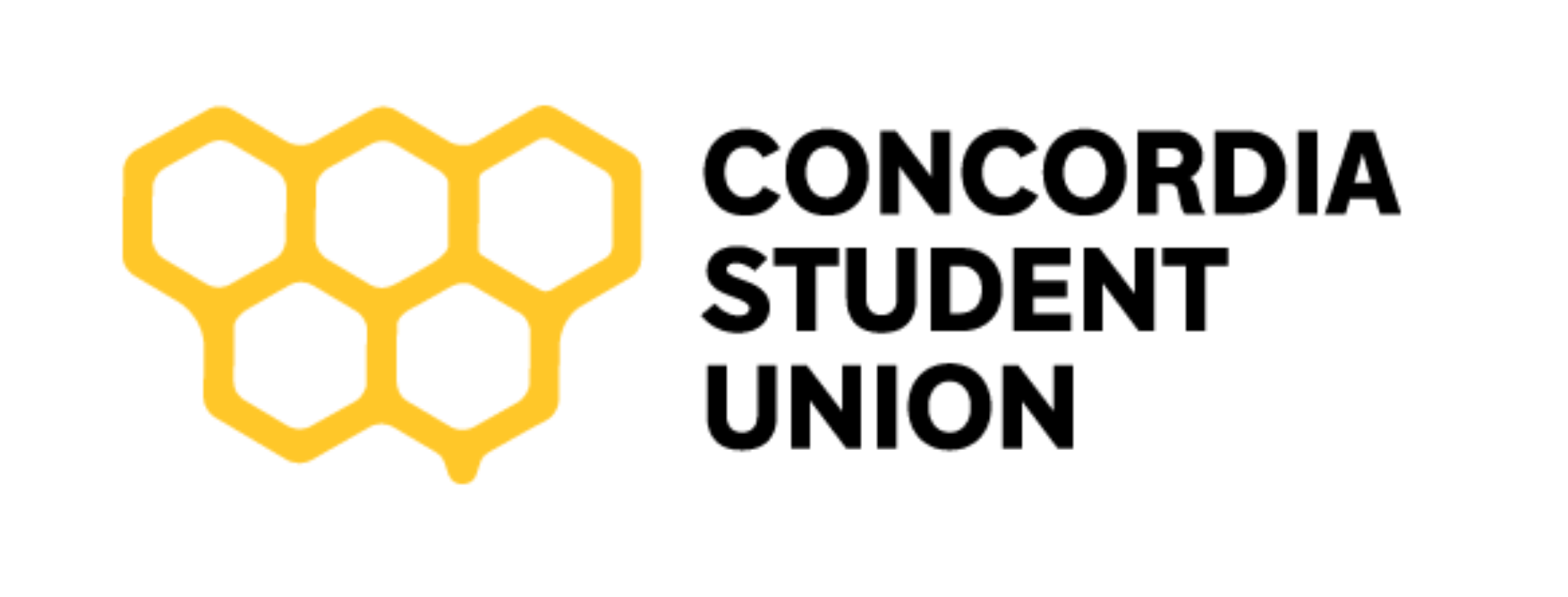The CSU is creating letters apologizing and acknowledging past and ongoing discrimination
A motion to create four letters that apologize, acknowledge, and address the issue of racism, anti-semitism, sexism, and queerphobia in the Concordia Student Union (CSU) was passed on Feb. 10. These letters will be published at the end of each month from February to May.
The CSU has had several councillors who have said they have faced instances of discrimination and racism against councillors, leading many Black, Indigenous, and people of colour (BIPOC) members to resign. Eduardo Malorni, the CSU’s student life coordinator who came up with the idea of the letters, sees them as a way to try to remedy this issue, and is helping facilitate their creation alongside the executive team and other CSU members. Malorni hopes the letters will help fix this issue of discimination in the CSU.
“If you look at the councillors that have resigned, many are members of the BIPOC community,” said Malorni, who explained that many members that leave the CSU don’t want to rejoin since they see no change, and the issue was swept under the rug.
On March 13, 2019, former CSU internal coordinator, Princess Somefun, said she resigned due to the toxic environment and online harassment.
“The union that claims to want to empower marginalized and racialized folks has let me down due to their negligence,” said Somefun at the CSU’s meeting in 2019.
On Sept. 6, 2020, former councillor Paige Beaulieu said they resigned due to feeling unsafe in the work environment. According to an article in The Link, Beaulieu, who uses they/them pronouns, said they were mocked for their gender identity by another councillor. In the article Beaulieu explained that it is common for jokes about racism, white supremacy, sexism and transphobia to be made by some CSU councillors.
Former councillor Ahmadou Sakho said he resigned on Sept. 20, 2020, due to how difficult it was to pass motions relating to diversity. In an article by The Link, Sakho stated that it was like an arm wrestle to get councillors to implement measures that would improve the lack of diversity on the CSU.
Former councillor Christopher Kalafatidis resigned during a meeting on Aug. 26, 2020. Earlier in the meeting, Kalafatidis had accused Isaiah Joyner, the general coordinator of the CSU and a person of colour, of refusing to denounce the KKK when Joyner suggested changing a motion from denouncing the KKK to a broader stance on anti-racism.
Honestly, [it was] one of the most racist things that has ever been said to me in a professional context,” said Joyner in an interview with The Concordian.
“It happens year after year and literally nothing has changed. Not our accountability procedures or the way we approach it,” said Malorni.
Malorni explained that he came up with the idea for the letters because he saw the Jewish, BIPOC, and queer CSU councillors were feeling hurt and that their message wasn’t getting across.
“If these councillors are feeling they aren’t being heard and acknowledged, imagine what it is like for the students outside of council,” he said.
“The first thing the CSU should do is apologize, that’s what you do when you are wrong, you apologize,” said Malorni. He explained that the goal of these letters is to hold the CSU accountable for past instances of discimination, and then move forward by ensuring measures of diversity and inclusivity.
“The letters are definitely, if alone, superficial. Part of the letter is going to be actionable steps,” he said. “If a year from now, nothing has changed, then the letters were superficial and completely failed.”
Malorni explained that while these letters will be apologizing for things that the current CSU council has not necessarily done, it is important for the CSU to take accountability for past councillors’ actions.
He stated that this has to be a communal effort, from the CSU as a whole. And that by acknowledging it, the CSU can take the next step, which is fixing the issue.
